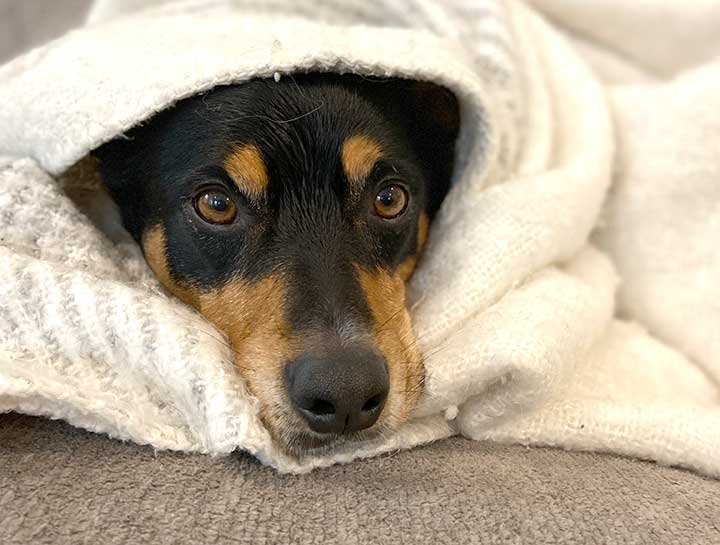Anesthesia & Pain Management
ANESTHESIA
At Veremedy, we are firm believers in this quote:
“There are no safe anesthetic agents; there are no safe anesthetic procedures; there are only safe anesthetists.” – Robert M. Smith, MD
That means that each anesthetic event should be customized by a veterinarian familiar with a wide range of anesthetic options. At Veremedy, though there are some common procedures shared by all of our anesthetized patients, each pet receives a customized protocol based on a variety of risk factors and medical issues.
The common procedures shared by nearly all of our patients undergoing anesthesia are:
- An early morning check in to the hospital to review the procedure to be performed, to ensure that your pet has not eaten any food, and to update any changes in physical exam findings.
- Next, when advisable, patients have pre-anesthetic blood samples taken so that the doctor can alter the anesthesia to compensate for kidney or liver problems.
- Soon after arrival, all general anesthesia patients receive a tranquilizer to help ease any anxiety they may have.
- Once your pet is feeling sedated, an IV catheter is always placed so that injectable anesthetics as well as other medications can be quickly administered.
- Intravenous fluids are administered during the entire procedure to help maintain appropriate blood pressure and to keep the kidneys and other organs functioning properly.
- Each pet breathes oxygen and gas anesthesia for most procedures.
- From the time your pet leaves her kennel, until the time she is recovering from anesthesia on soft blankets, one of our nurses is by her side.
- We use a reliable combination of the latest monitoring equipment, and the best-trained staff to make your pet’s anesthetic experience as comfortable as possible.
- The equipment includes ECG monitors, blood pressure monitors, respiratory monitors, core body temperature monitors, and blood oxygen saturation monitors.
- Each pet is kept on a circulating warm water pad with warm blankets for every procedure.
- After the procedure, your pet returns to the recovery ward with warm blankets and an attending veterinary technician.
- When recovery has proceeded to where the patient is able to lift his or her head and look around, a call is placed to let everyone know the procedure is complete.
PAIN MANAGEMENT
Before every procedure, much thought goes into managing any pain both during and after surgery. Veremedy embraces a multi-modal approach to pain management. Often combinations of opiate, or opitate-like medications along with other classes of pain medications (NSAIDS or non-steroidal anti-inflammatory drugs) are utilized in our pain management protocols.
Call us if you have any questions.
White River Junction 802-295-6900 | Woodstock 802-457-2229

